Indivíduos surdos não apenas demonstram habilidades perceptivas notáveis na visão, tato e sensação de vibração, mas observei que pessoas detalhistas frequentemente compartilham essa sensibilidade aumentada, permitindo-lhes detectar as mais sutis nuances.
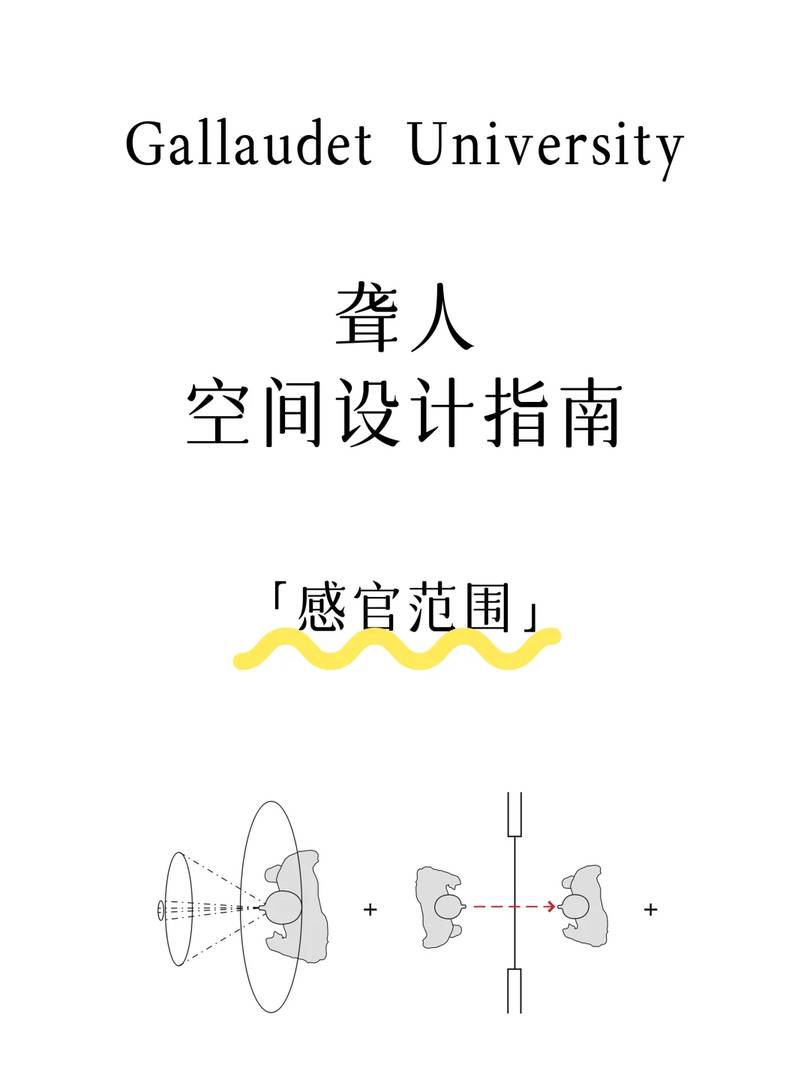
Essa percepção extraordinária provavelmente possui um potencial por explorar que ainda não foi totalmente aproveitado. Quanto ao reconhecimento intuitivo sozinho, muitos projetos arquitetônicos ainda falham em atingir o objetivo.
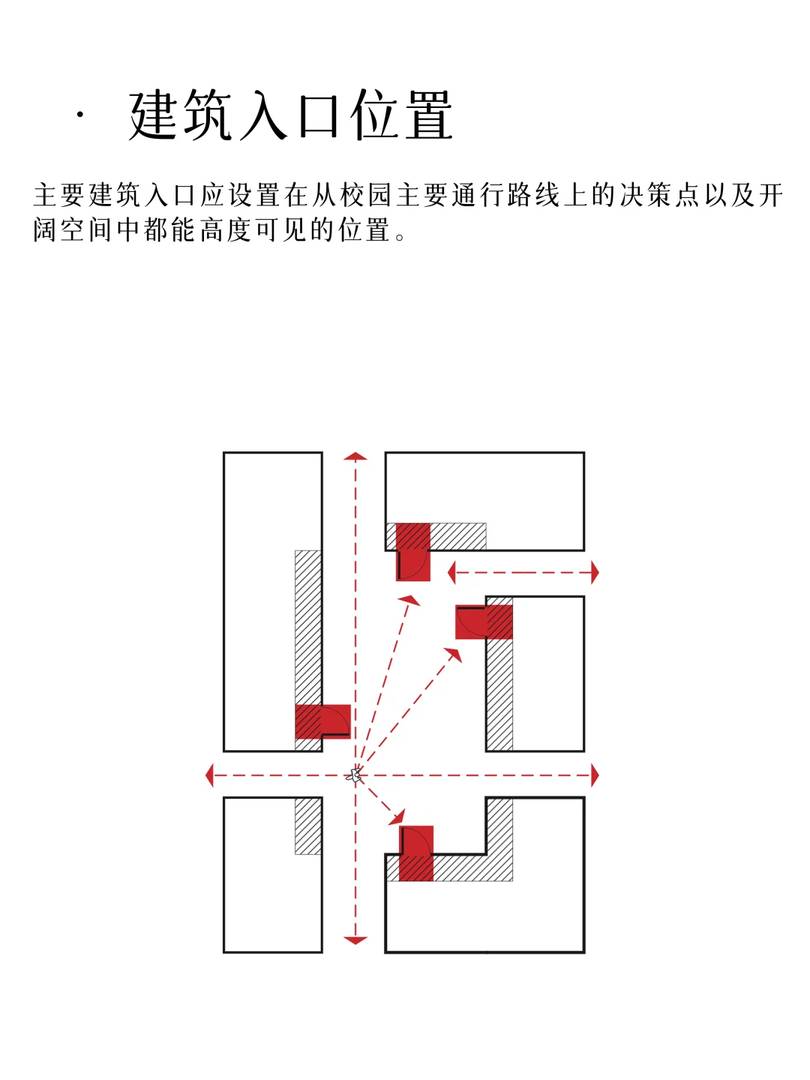
#SpaceDesign #CommercialSpaceDesign #AccessibleDesign #DesignCaseStudies #AccessibilityAroundMe
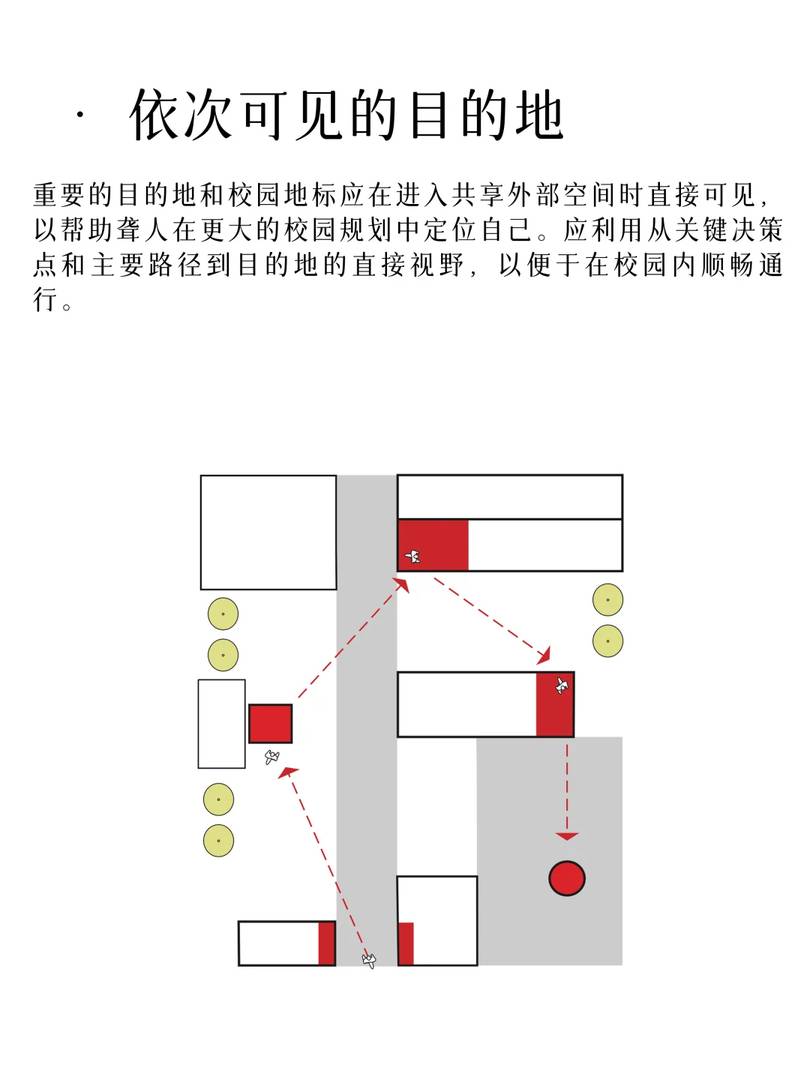
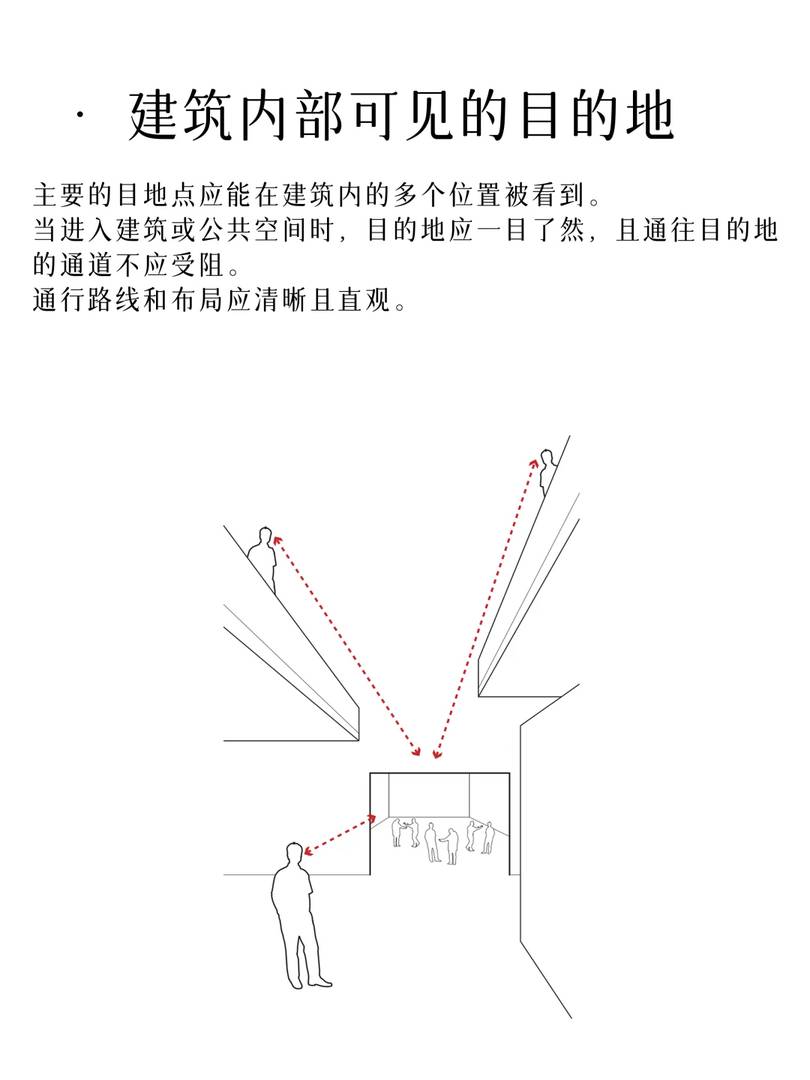
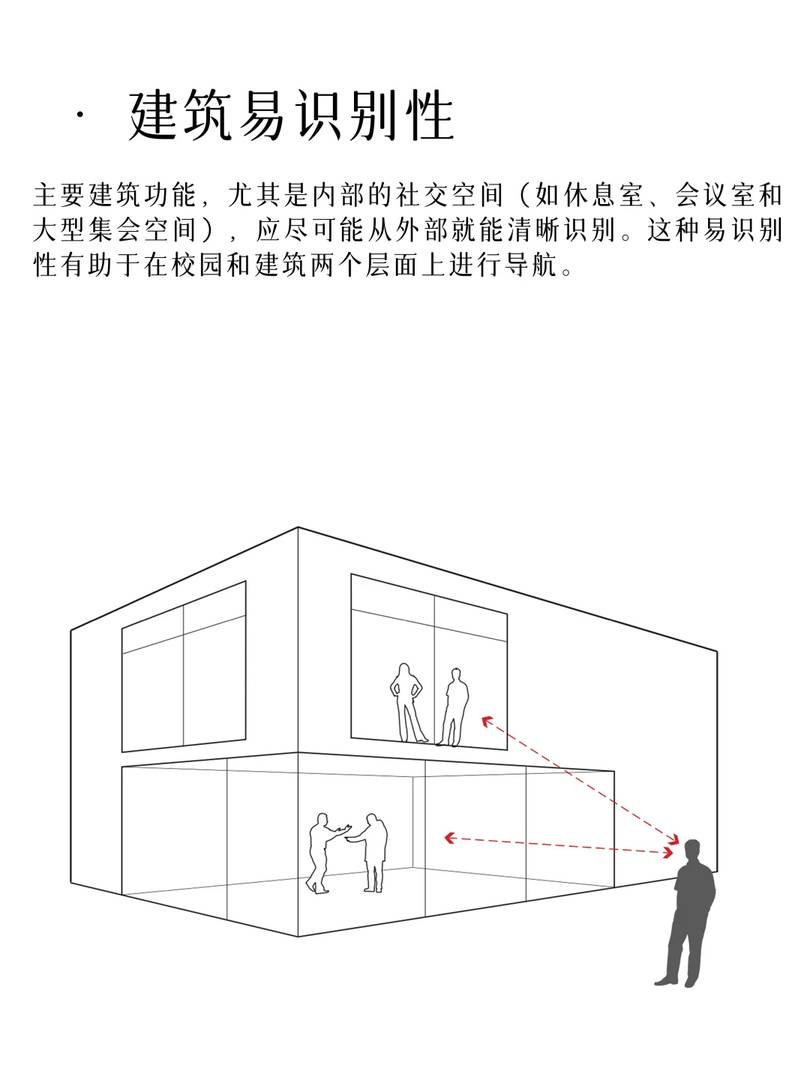
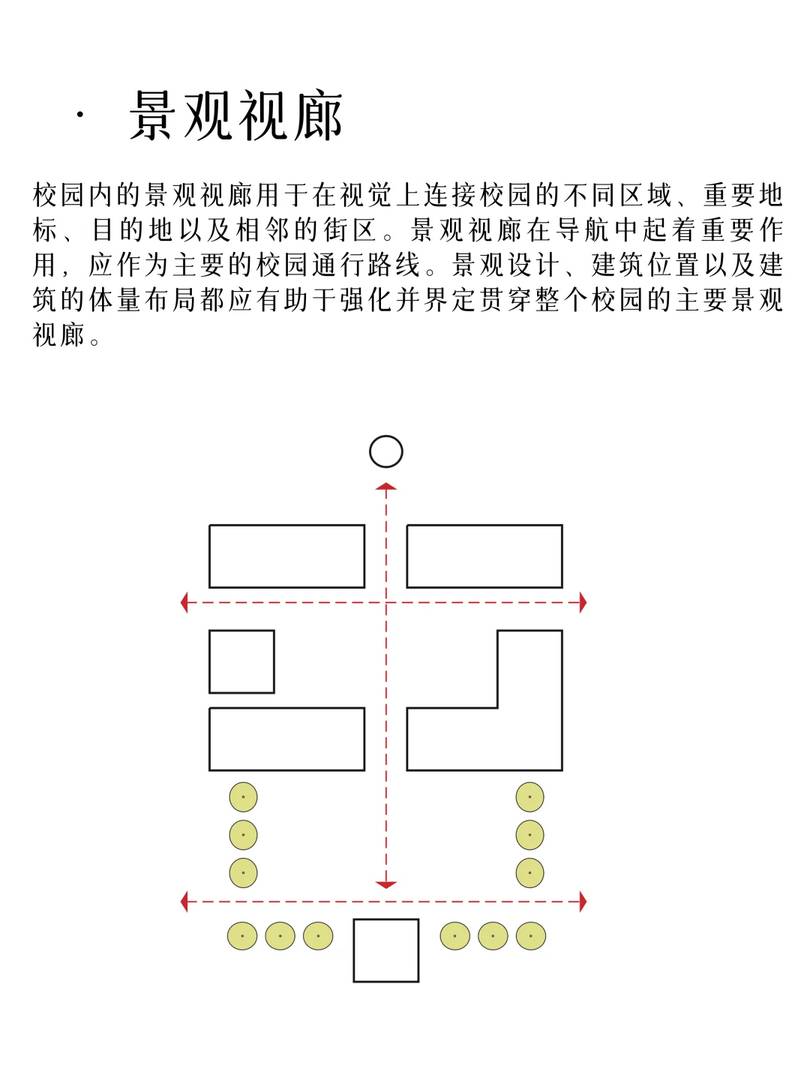


I never thought about how architecture could be optimized for sensory range, but this guide makes a lot of sense. It’s inspiring to see how these designs can create more inclusive spaces for everyone, not just those who are deaf. The idea of enhancing tactile and visual cues is especially interesting to me.
I never thought about how architecture could be optimized for sensory experiences beyond hearing. The Deaf Space principles make so much sense—using natural light and clear sightlines can benefit everyone, not just deaf people. It’s exciting to see how these design ideas could create more inclusive spaces for all.
Das Konzept des Deaf Space ist wirklich faszinierend! Es zeigt, wie Architektur nicht nur funktionale Räume schaffen kann, sondern auch die individuellen Bedürfnisse und Fähigkeiten von Menschen berücksichtigen sollte. Ich denke oft daran, wie solche Designansätze auch andere Sensibilitäten integrieren könnten.
Vielen Dank für Ihren interessanten Kommentar! Das ist genau der Kerngedanke hinter dem Deaf Space – Architektur kann so viel mehr sein als nur Funktionalität. Sie haben völlig recht, dass diese Ansätze auch für andere spezifische Bedürfnisse adaptiert werden können. Ich freue mich über Ihre Reflexionen zu dieser spannenden Thematik!
I never thought about how deaf individuals’ heightened sensory awareness could influence architecture, but it makes perfect sense. It’s interesting to consider how these principles could be applied to create even more inclusive spaces beyond what’s currently being done.
I never thought about how architecture could be optimized for sensory experiences beyond hearing. It’s fascinating how deaf individuals naturally pick up on visual and tactile cues others might miss. I wonder what changes architects could make to create more inclusive spaces for everyone. This guide seems like a step in the right direction for thinking differently about accessibility.
Thank you for your thoughtful comment! You’re absolutely right—architecture has immense potential to enhance everyone’s experience by embracing diverse sensory needs. Small changes, like better lighting or tactile pathways, can make a big difference. I’m glad this guide is inspiring new ideas for creating truly inclusive spaces.